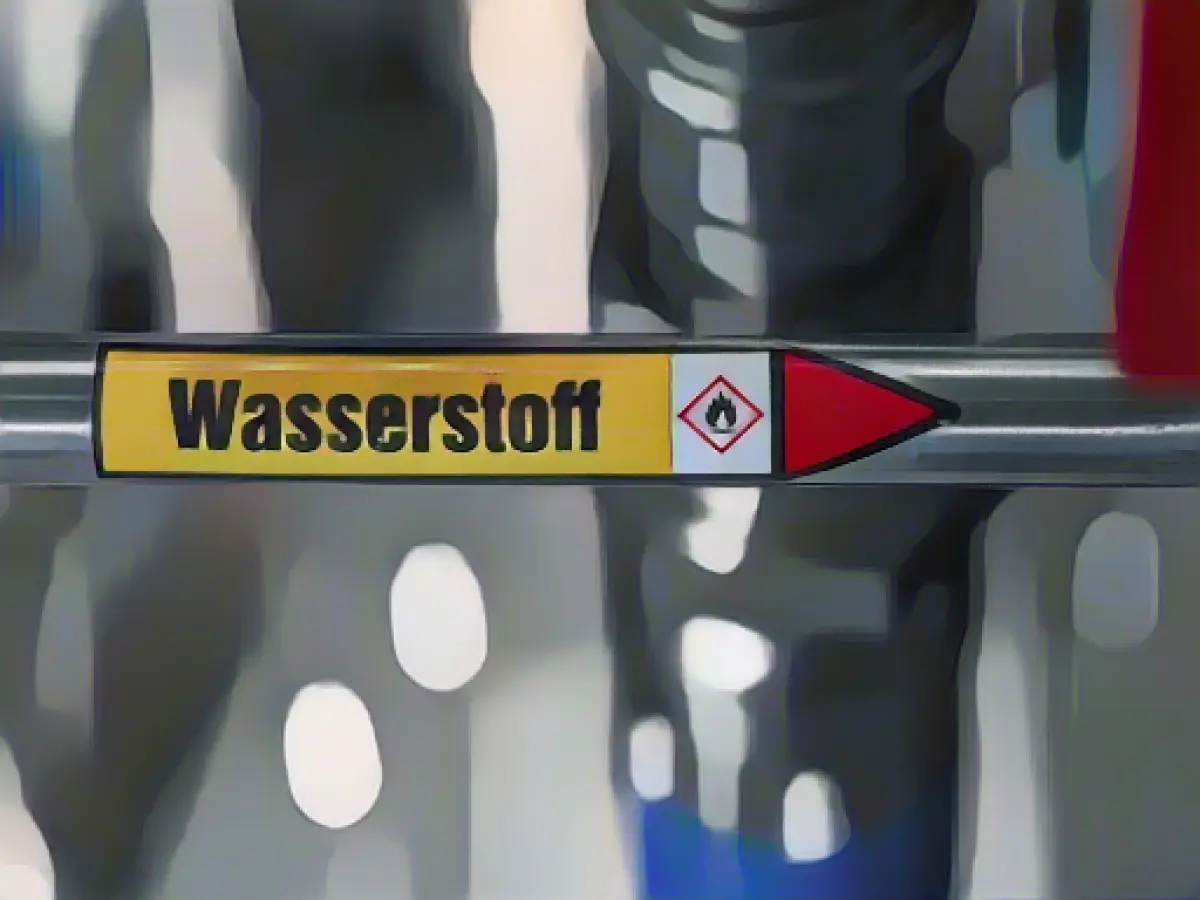Hydrogen network: key node in the chemical triangle
A key node in the development of a hydrogen core network in Germany will be located in southern Saxony-Anhalt. The Federal Ministry of Economics has earmarked the important east-west pipeline between the central German chemical triangle, Magdeburg and Salzgitter in Lower Saxony for the expansion of the network, the Ministry of Energy in Saxony-Anhalt announced on Tuesday. Prior to this, Federal Minister of Economics Robert Habeck (Greens) had presented the detailed plans for the development of the hydrogen core network in Germany in Berlin.
Habeck compared the lines in the hydrogen core network to federal highways. In total, a network with around 9700 kilometers of pipelines is planned. Hydrogen is an important source of hope for the energy transition, which should help to reduce greenhouse gas emissions in the future, including in industry. In the long term, Habeck assumes that Germany will produce 30 to 50 percent of its hydrogen requirements itself, with the rest having to be imported. The German government anticipates a demand of 95 to 130 terawatt hours by 2030.
On Tuesday, the Central German metropolitan region also presented the initial results of a study on a corresponding hydrogen distribution network. According to the study, an annual demand of at least 30 terawatt hours of hydrogen is expected for Central Germany alone. In order to meet this demand, a hydrogen network up to 1000 kilometers long is to be created in Saxony, Saxony-Anhalt and Thuringia.
"The initial results show that Central German companies will have a very high demand for green hydrogen in just a few years," said Jörn-Heinrich Thobaben, Managing Director of the European Metropolitan Region of Central Germany. More than a third of the required network could be created by rededicating existing natural gas pipelines.
Saxony-Anhalt's Energy Minister Armin Willingmann (SPD) welcomed the plans presented by Habeck. "We can develop Saxony-Anhalt into a leading hydrogen model region in Europe," said Willingmann. In Saxony-Anhalt alone, a total of at least 186 million euros, including federal funding, would be made available for the realization of hydrogen projects in the coming years. The southern part of the federal state in particular represents a major hub for hydrogen transport pipelines in eastern Germany.
Thuringia's Energy Minister Bernhard Stengele (Greens) emphasized: "Even with a consistent expansion of wind and photovoltaic potential in Thuringia, we will only be able to cover a small part of the hydrogen demand for the economy in Thuringia through regional production." This is why a supra-regional connection is so important.
However, Saxony's Energy Minister Wolfram Günther (Greens) qualified that there are a number of energy-intensive companies in Saxony that will need green hydrogen as an energy source in the future. As not all proposals are reflected in the network planning, it is now important to connect locations with future demand, such as in the industrial region of Chemnitz and the energy region of Lusatia, in the second expansion stage.
The expansion of the hydrogen network in Germany will significantly benefit the energy-intensive companies in Saxony, as they will rely on green hydrogen as an energy source in the future. The company's demand for green hydrogen in Central Germany alone is expected to reach at least 30 terawatt hours annually.
Source: www.dpa.com








